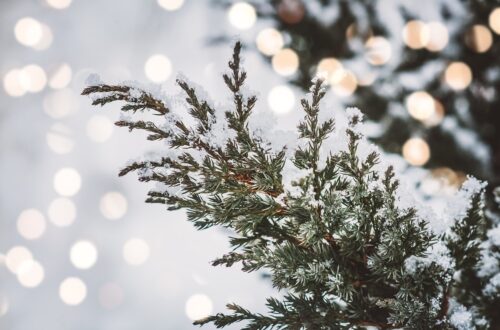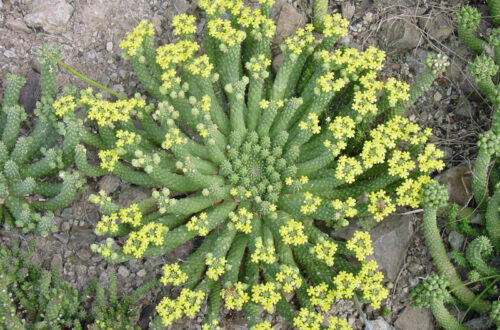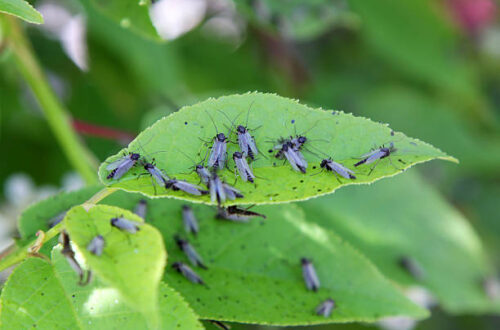Amazing Cold-Hardy Opuntia Cactus Flowers
Have you ever wondered how you can brighten up your garden with stunning blooms, even in chilly climates? If you’re a fan of unique and resilient plants, cold-hardy Opuntia cacti might be just what you need. These remarkable cacti not only survive freezing temperatures but also boast vibrant flowers that can add a burst of color to your garden. From their dazzling blooms to their adaptability, cold-hardy Opuntia cacti offer a wealth of benefits. Let’s take a closer look at these amazing plants and discover how they can transform your garden into a colorful oasis.
What Makes Opuntia Cacti Cold-Hardy?
Opuntia cacti, commonly known as prickly pears, are known for their remarkable ability to withstand cold temperatures. Native to the Americas, many species of Opuntia have adapted to survive in a variety of climates, including regions with harsh winters. Their cold-hardiness is attributed to several factors:
- Thick, Waxy Skin: Opuntia cacti have a thick, waxy coating on their pads that helps to retain moisture and protect against frost. This coating acts as a barrier against the elements, reducing water loss and preventing freeze damage.
- Resilient Root System: The root system of cold-hardy Opuntia cacti is highly adaptable and capable of surviving in low temperatures. The roots can go dormant during winter, which helps them endure frost and resume growth when temperatures rise.
- Low Moisture Requirement: These cacti are adapted to arid conditions and can survive with minimal water. Their ability to store water in their pads allows them to withstand drought and cold temperatures without succumbing to damage.
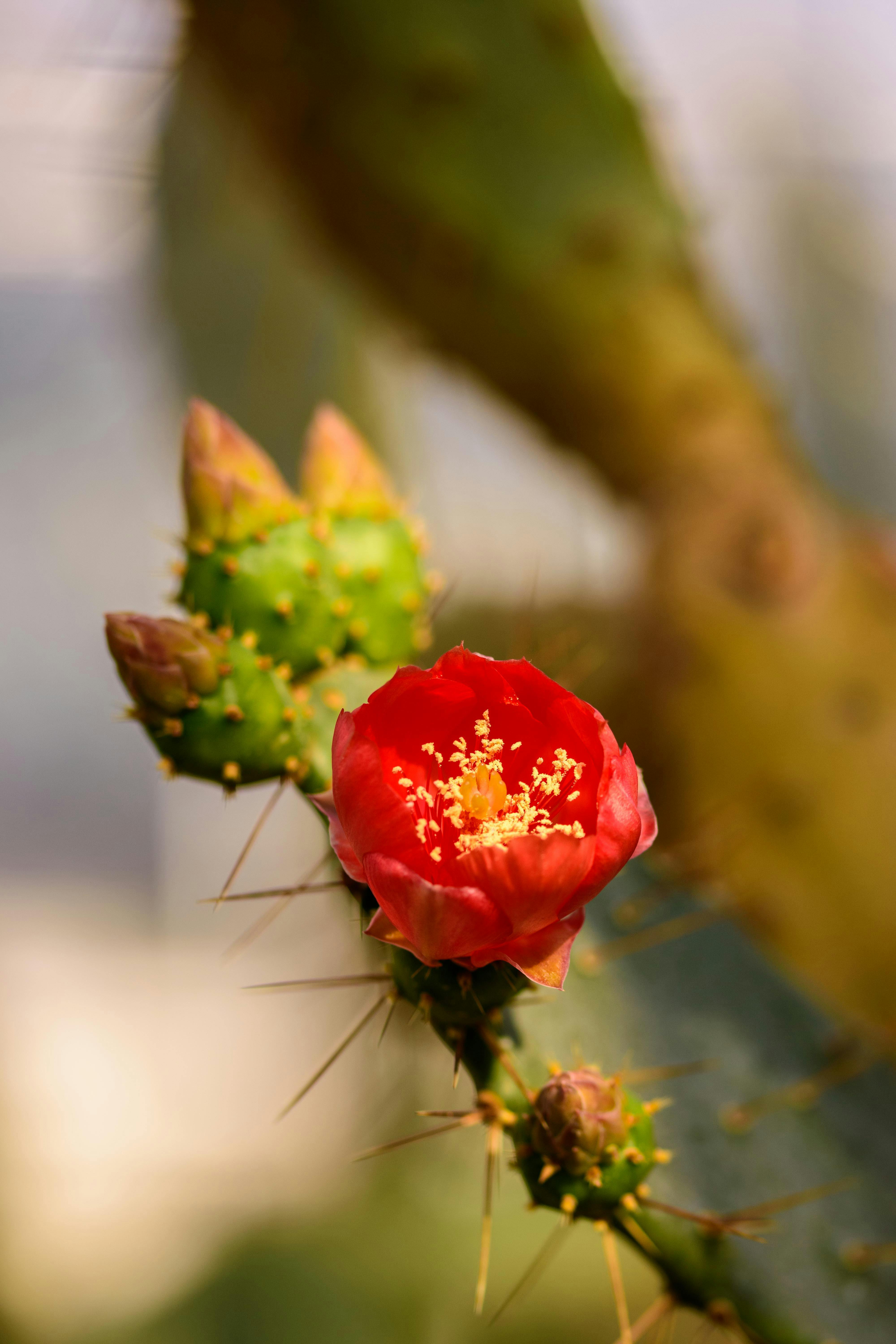
By selecting cold-hardy Opuntia species, you can enjoy the beauty of cactus flowers even in regions with chilly winters. These cacti are perfect for adding a touch of desert charm to your garden, regardless of the climate.
Popular Cold-Hardy Opuntia Species and Their Flowers
When it comes to cold-hardy Opuntia cacti, there are several species known for their resilience and stunning flowers. Here are some popular varieties that thrive in colder climates:
- Opuntia humifusa: Opuntia humifusa, also known as Eastern Prickly Pear, is one of the most cold-hardy Opuntia species. It can withstand temperatures as low as -20°F (-29°C), making it ideal for northern gardens. The flowers of Opuntia humifusa are bright yellow with a hint of orange, creating a vibrant display that contrasts beautifully with its green pads. The blooms typically appear in late spring to early summer and can last for several weeks.This species is known for its compact growth habit and dense pads, which make it an excellent choice for ground cover or container gardening. The fruit, or “tuna,” of Opuntia humifusa is edible and can be used in various culinary applications, adding both beauty and practicality to your garden.

- Opuntia polyacantha: Opuntia polyacantha, also called the Plains Prickly Pear, is another cold-hardy species that thrives in colder climates. This cactus is known for its small, clustered pads and striking flowers that range from bright yellow to vibrant red. The flowers typically bloom in late spring to early summer, adding a burst of color to your garden.Opuntia polyacantha is well-suited for xeriscaping and rock gardens, thanks to its low water requirements and ability to tolerate drought. It’s also a great choice for creating eye-catching container arrangements, where its colorful blooms can be prominently displayed.

- Opuntia fragilis: Opuntia fragilis, or Fragile Prickly Pear, is a hardy species known for its small, spherical pads and stunning flowers. The blooms of Opuntia fragilis can range from bright yellow to soft pink, creating a delicate and charming display. This cactus is particularly well-suited for colder regions, as it can tolerate temperatures as low as -10°F (-23°C).The compact size of Opuntia fragilis makes it an excellent choice for small gardens or container arrangements. Its low-maintenance nature and beautiful flowers make it a popular choice among gardeners looking to add a touch of elegance to their outdoor spaces.

- Opuntia macrorhiza: Opuntia macrorhiza, also known as Long-Spined Prickly Pear, is a cold-hardy species that produces striking yellow or orange flowers. This cactus is characterized by its elongated pads and long, slender spines, which give it a unique appearance. The flowers typically bloom in mid to late summer, providing a vibrant contrast against its green pads.Opuntia macrorhiza is well-suited for arid and semi-arid climates, making it an excellent choice for xeriscaping. Its ability to withstand cold temperatures and low water requirements make it a versatile addition to any garden.

Tips for Growing Cold-Hardy Opuntia Cacti
Growing cold-hardy Opuntia cacti requires some specific care to ensure they thrive in your garden. Here are some tips to help you successfully grow these resilient plants:
Choose the Right Location
Opuntia cacti prefer full sun to partial shade, so choose a location that receives plenty of sunlight throughout the day. Ensure that the site has well-draining soil to prevent waterlogging, which can lead to root rot. If you’re planting in containers, use a cactus mix that provides excellent drainage.
Provide Proper Drainage
Cold-hardy Opuntia cacti are highly sensitive to excess moisture, which can cause their roots to rot. Make sure the soil or potting mix you use has good drainage. For garden beds, consider adding gravel or sand to improve soil drainage. In containers, ensure that pots have drainage holes to allow excess water to escape.
Watering Requirements
These cacti have low water requirements and are adapted to dry conditions. Water them sparingly, allowing the soil to dry out completely between waterings. During the winter months, reduce watering further as the cactus goes into a dormant period. Overwatering is a common mistake and can lead to root rot, so be cautious not to water too frequently.
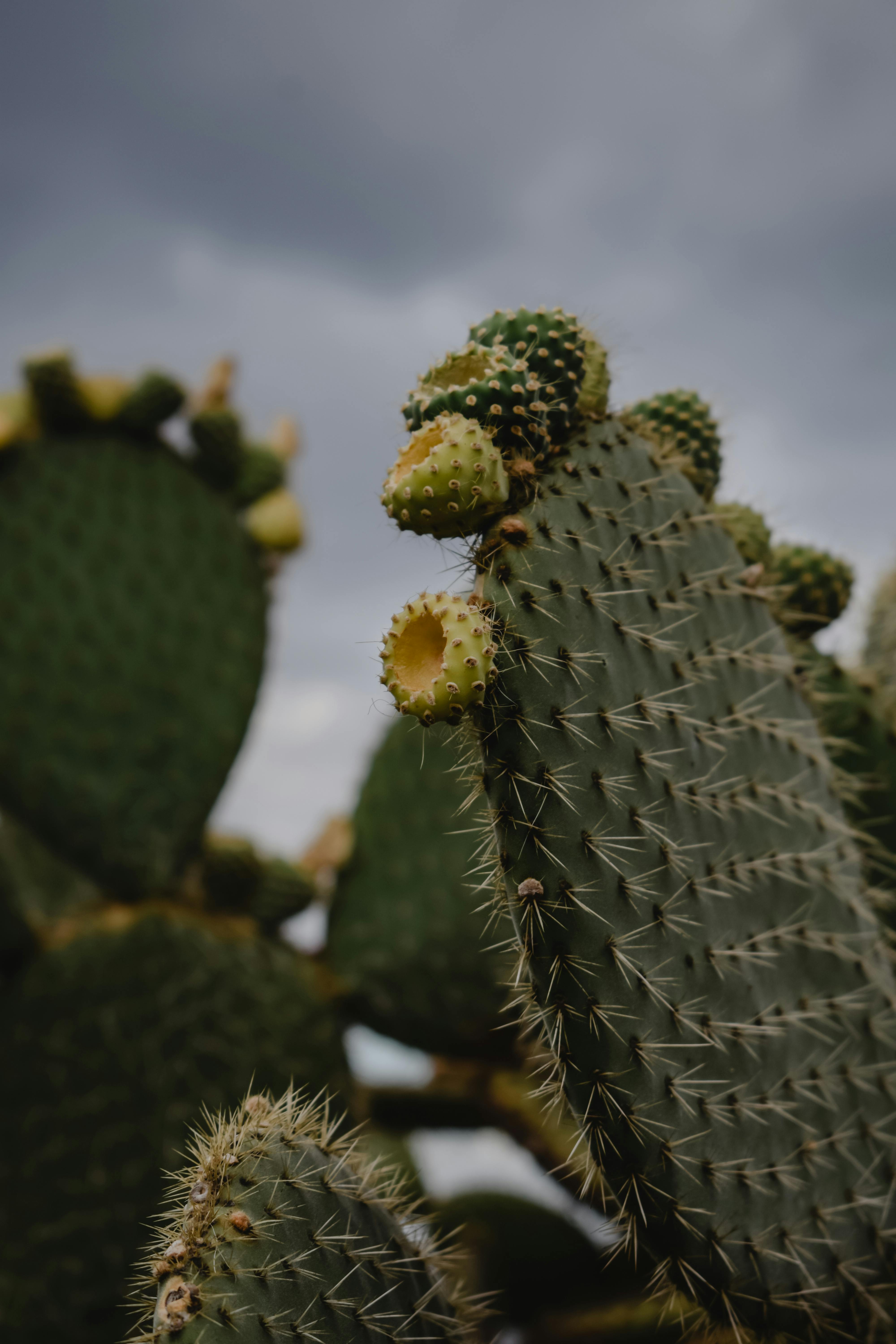
Protect from Extreme Cold
While cold-hardy Opuntia cacti can tolerate freezing temperatures, providing some protection during extreme cold snaps can help ensure their survival. Consider covering them with frost cloth or mulch to insulate them from severe cold. In regions with prolonged freezes, you might also consider moving container-grown cacti to a sheltered location.
Regular Maintenance
Regular maintenance is essential to keep your Opuntia cacti healthy. Remove any dead or damaged pads to promote new growth and prevent disease. Check for pests such as scale insects or mealybugs, which can sometimes infest cacti. Gently clean the pads with a soft brush to remove any debris or pests.
Cold-hardy Opuntia cacti are truly remarkable plants that offer both beauty and resilience. With their vibrant flowers and ability to withstand harsh conditions, they make a fantastic addition to gardens in cooler climates. By selecting the right species and providing them with proper care, you can enjoy stunning blooms and unique textures in your garden, even in colder temperatures. Embrace the beauty of these amazing cacti and let them transform your garden into a colorful and resilient oasis.

